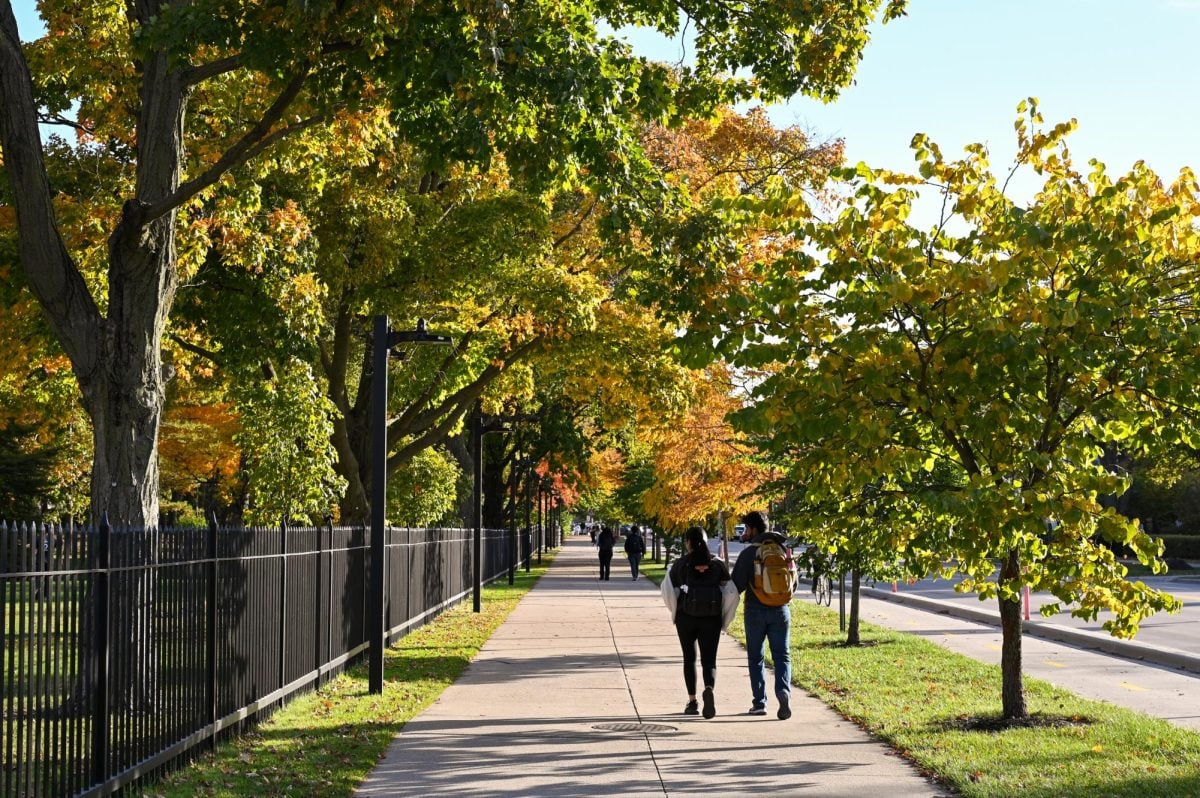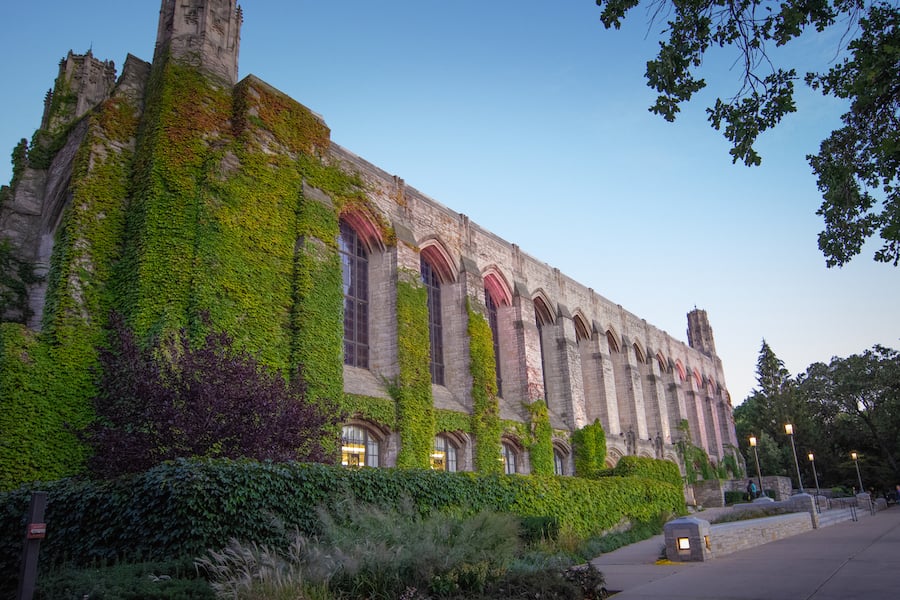Instead of ranking building preferences as previous freshman classes did, students in the class of 2016 will fill out a survey to determine their residence hall placements beginning next Tuesday.
Students looking to live in residence halls will answer five or six questions about the type of building in which they would like to live, said Mark D’Arienzo, the associate director of University Housing. Question topics will include whether the students prefer North over South Campus, how large of a building they would like to live in and whether they would prefer a co-ed residence hall over a single-gender.
However, D’Arienzo said the application process for residential colleges remains unchanged. Freshmen wishing to live in residential colleges will still submit an essay in which they identify one or more to which they wish to apply.
D’Arienzo said the changes to the residence hall application process were made based on student feedback in meetings and formal assessments.
The new application will also include a link to RoomSync, a Facebook program that allows students to select their own roommates based on Facebook profile information and self-selected criteria. For students not selecting a roommate, the 20-question roommate matching survey is unchanged for 2012.
D’Arienzo said the University is trying to improve the student housing experience by keeping incoming students from focusing on specific residence halls.
“The changes that we’re making are more in keeping with what the students are asking for,” he said. “They’re looking for, ‘Where is the building located?’ ‘What’s the community type?’ as opposed to ‘this particular building.’ When you ask for a specific building, what happens is you tend to pigeonhole yourself into looking at just that building. (The survey) opens up student opportunities to other things that they might not have considered.”
The new system will allow more flexibility in assigning housing to students who prioritize different building qualities, he said.
“It’s different ways of getting the same information, but in a broader spectrum,” he said. “We’re trying to accommodate students’ interests and desires as opposed to, ‘That’s where I want to live. Right there. Period.'”
Incoming freshman Lily Goldstein said she likes the new system and hopes it reduces the divide between North and South Campus.
“I’d been torn about where to request to live especially because I’ve heard that choosing between North and South campuses has the potential to sort of determine your social life at Northwestern, and for me there wasn’t a clear-cut side that I identified with more,” Goldstein said. “I just feel like it could unify the campus, which is great for me because the north-south thing was one of the few aspects of Northwestern that I was kind of uneasy about.”
D’Arienzo said the ultimate goal is to have freshmen housing handled the same way as housing for returning students, who assign themselves to a building based on a priority numbering system.
“To make all of that happen, we have to take it one step at a time,” he said.






